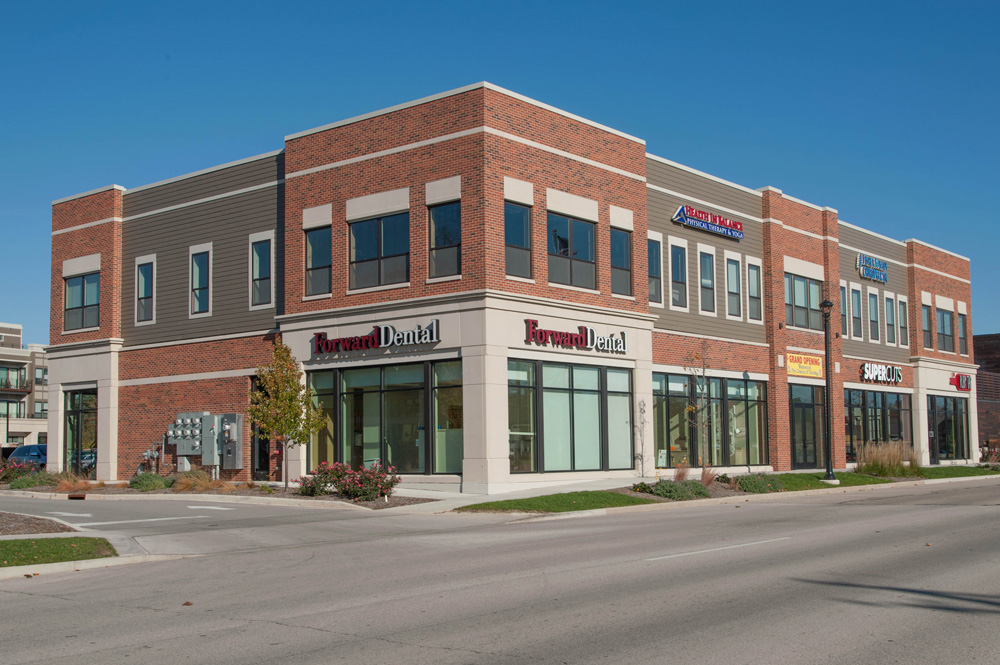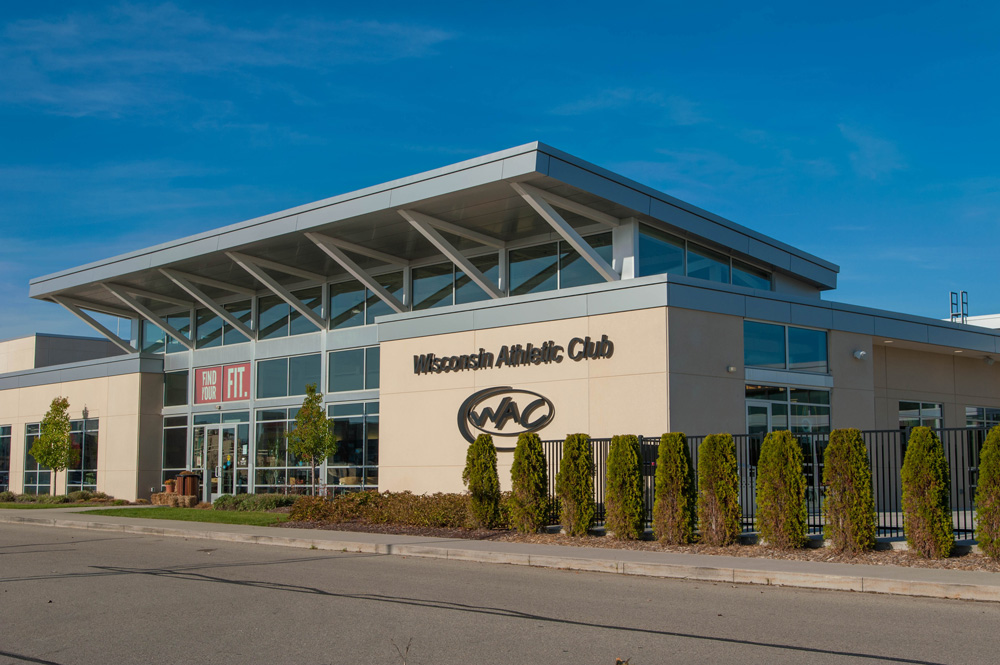General contractors find precast concrete components make their job easier at the site, ensuring a smooth process for the owner and designer in both the short and long terms.
Construction speed: Time is money for the entire construction team. Precast concrete’s speed through design, fabrication and erection help meet tight deadlines. This particularly aids contractors when permitting processes slow down or unforeseen delays arise at the site due to soil conditions or other factors. Precast structural systems are ready to be erected when the contractor is prepared.
All-weather construction: Contractors can minimize the added “cushion” created in schedule to accommodate bad weather conditions, since precast components can be produced and erected all year round. The roughened surface of precast components does not become slick or difficult to handle in harsh weather as other building materials can.
Foundation aid: Total precast systems can minimize foundation work by having sills designed as grade beams and basement walls and core walls designed as precast panels. The components can be fabricated in advance and laid into place as soon as the site is ready.
Fireproofing: This messy, time-consuming job can be eliminated, along with the need to patch and rework after other trades finish at the project’s later stages. Precast members are naturally fire protected, because they will not burn.
Smooth erection process: Because precast concrete pieces are fabricated in controlled conditions using high-quality procedures, design more exactly meets specifications. Field adjustments thereby are reduced, creating a smooth erection process with minimal surprises.
Concrete systems mean success. The benefits offered by total precast concrete systems accrue to the owner, architect, general contractor and structural engineer’s bottom lines – and ultimately benefit the end user. The system provides an efficient design, cost effectiveness and a strong, durable appearance that will maintain its image throughout a long service life.
Key Benefits:
Speed to market
Design flexibility
Aesthetic versatility
High quality
Low maintenance
Environmentally-friendly
Strong engineering support
Single-source supplier
- Information courtesy of PCI.












